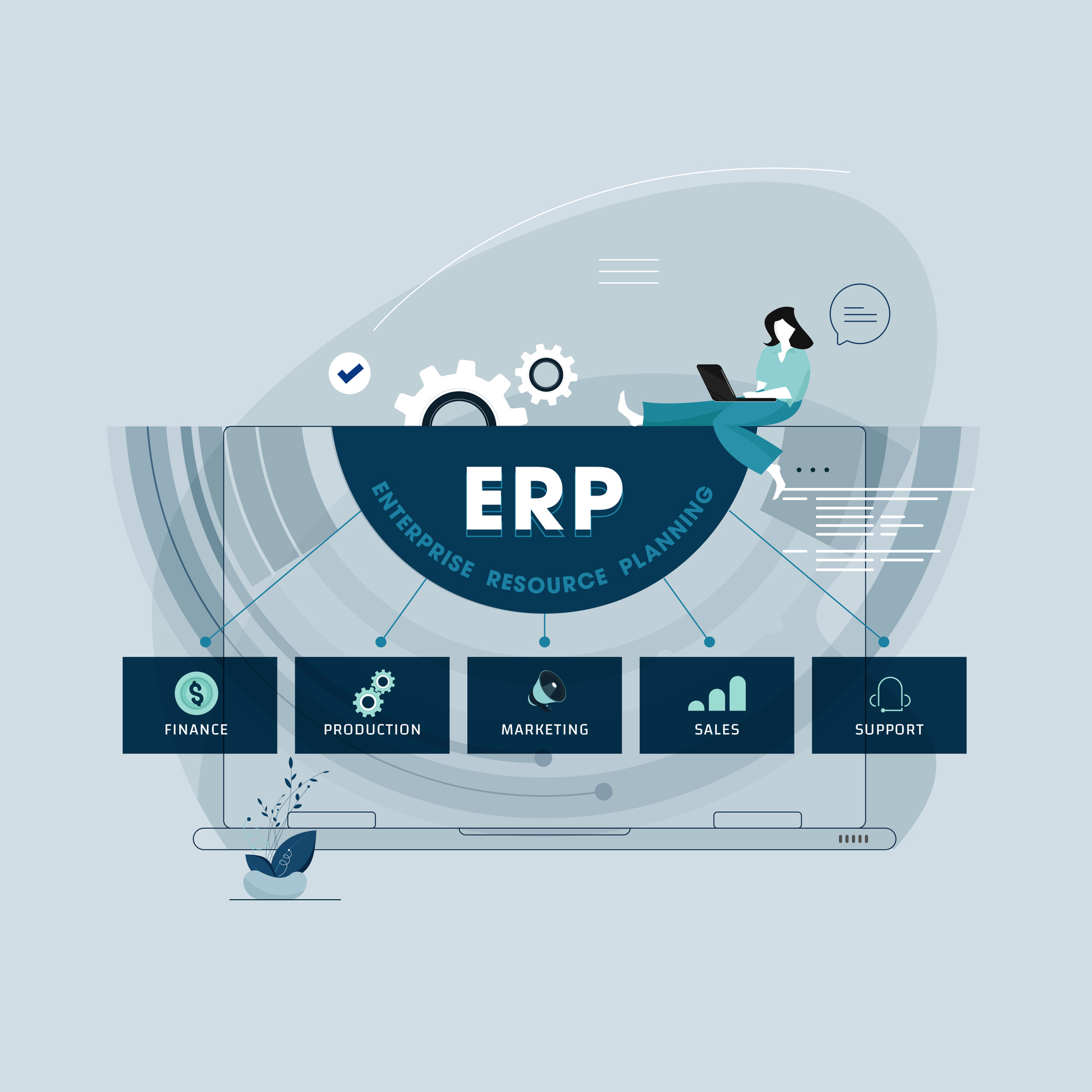One of the core themes from the 2023 NAW Executive Summit was that businesses must shift focus from top line revenue and market share growth to creating strategies for promoting growth with profit.
The post-COVID economy taught businesses a harsh lesson – without sufficient liquidity, companies cannot navigate and adapt to market disruption. As a result, businesses must find growth strategies that stimulate higher profits and yield higher returns on two of their core assets – inventory and customer base.
Many companies tend to go into reactive mode when defining their sales strategies. Lacking critical insight into the actual drivers of their inventory and sales activity, sales strategies are determined based on precedent and an instinctual motivation to avoid disrupting the sales flow of the “perceived” top performing customers. In many cases, since sales volume is the only metric that can be reliably tracked, sales strategies rarely evolve beyond pricing incentives and inventory replenishment goals that only ensure that past sales history will repeat itself. Effective sales strategies must evolve beyond merely assuring the status quo of constant sales and flat margins. Companies must embrace a holistic, analytical sales strategy approach that identifies opportunities to grow top line revenue and EBITDA – not at the expense of the other, but together. Customer Stratification is one such sales strategy-building approach.
How Customer Stratification Can Drive Revenue and Profit Growth
Customer Stratification goes beyond mere customer sales and inventory turns as the sole determinant for devising sales strategies. Customer Stratification assesses multiple levels of crucial sales activity metrics to appraise the comprehensive value of customer sales and items sold.
The sales activity metrics analyzed by Customer Stratification models are usually aggregated into the following or similar type categories: Buyer Power, Customer Loyalty, True Profitability and Cost to Serve. Best-in-class Customer Stratification modeling can extrapolate these sales activity metrics across customer and inventory classifications, financial periods, sales territories, regions and branches and salespersons.
Customer Stratification as an Engine of Growth
Using sophisticated analytics, Customer Stratification compiles insights within critical sales context to empower companies to devise unified sales strategies that grow top line revenue, margin and EBITDA.
Effectively applying Customer Stratification can help companies address and resolve some of their most vexing business challenges such as:
- Growing sales and margins even in the most competitive of economic environments
- Increasing sales and yields from profitable customers without risking damage to the customer relationship
- Growing sales of underperforming customers using the most cost-effective means possible
- Generating higher profits from tight-margin customers with high levels of service drain
- Aligning sales resources to customer/inventory sales mixes that have a faster sales conversion cycle and generate higher margin yields and EBITDA
Companies that infuse Customer Stratification analytics capabilities into their strategic sales planning are more effective than their peers in the following areas:
- Deployment of sales assets
- Ability to negotiate with customers
- Generating and identifying new growth opportunities
- Optimizing item pricing
- Managing inventory
- Publishing sales content and marketing communications
- Aligning sales compensation to company goals
- Growing return on assets and shareholder value
Why It’s Crucial to Get the Customer Stratification Model Right
Many companies that have attempted to implement Customer Stratification have been slow to realize its full benefit and impact on driving growth or have outright failed in its deployment. This is due mainly to a lack of capability of either the Customer Stratification model deployed and/or the consultant used to assist the company in its implementation.
Best-in-Class Customer Stratification models possess sophisticated analytic methods that can 1) form and present actionable insights, 2) easily perform calculations quickly and repetitively within the timeframes needed and 3) document and correlate evolving goal benchmarks and actual results to determine success.
Best-in-Class Customer Stratification consultants possess deep implementation experience and have practical tools and plans to simplify the process. They possess a deep understanding of Customer Stratification principles. They have an established track record of adapting these principles to the unique sales environment of each customer and providing them ongoing support and instruction beyond implementation to assure their success of adoption.
Customer Stratification is an impactful and powerful means to elevate a company’s ability to define and deploy effective sales strategies oriented towards growing both top line revenue and bottom-line profit. Using the above guidelines to help select the right consultant and the right model will help assure a company’s success in using Customer Stratification principles to address its particular sales needs and challenges.
















